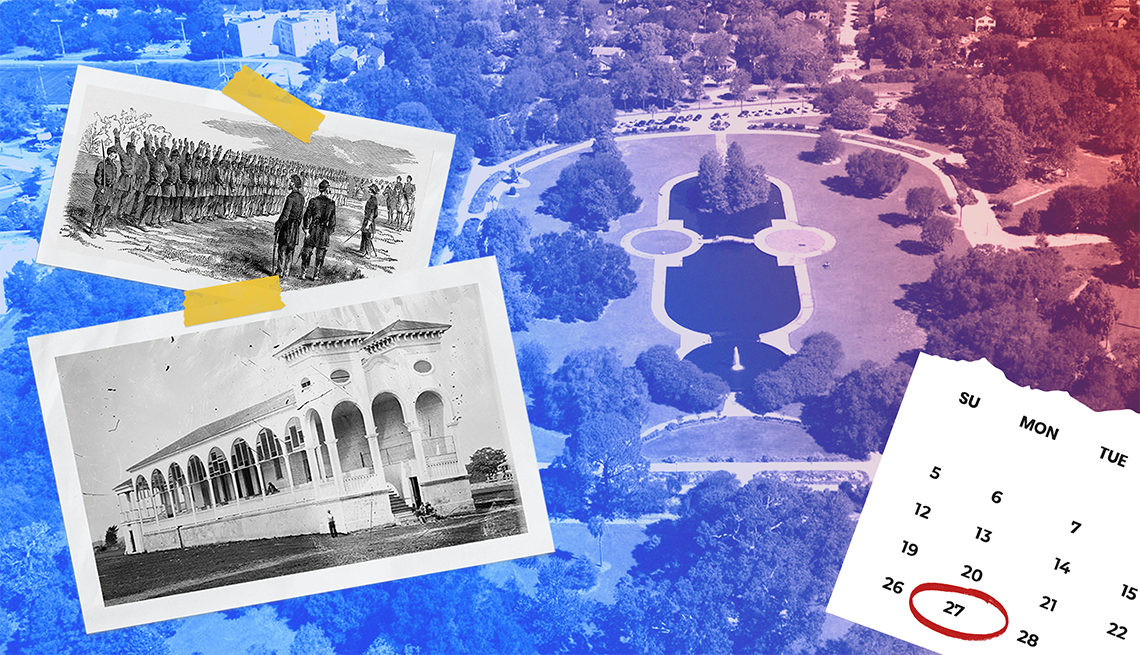AARP Hearing Center


Memorial Day can take on a whole host of meanings. For some people, it is a special day to remember Americans who died fighting for our country — perhaps particularly so for the roughly 72 percent of American veterans who are 50 and older, according to the Pew Research Center. Others view it as a chance to get together with friends and family. No matter how you mark the last Monday of May, it’s important to know the history behind the holiday.
Hilary Green, the James B. Duke professor of Africana Studies at Davidson College in North Carolina, says many people think of the holiday as “a day that kicks off summer.” But there is much more to it.
“It is important to understand Civil War origins and how African Americans and other Americans honored those who died to secure emancipation and the federal victory in the American Civil War,” she says.
How did Memorial Day get its start?
Memorial Day as we now know it arose from the aftermath of the Civil War, the deadliest conflict in American history, which lasted from April 1861 to April 1865. That’s why Hunter Moyler, a research assistant at Boston University’s Center for Antiracist Research, says slavery plays a central role in the holiday.
“Memorial Day is about America fixing arguably one of its biggest problems with itself,” says Moyler.
Scholar, author and public historian David Blight says the holiday’s “deepest beginnings” were when people, particularly women, went to the battlefields looking for their loved ones. “A lot of soldiers were simply buried on battlefields,” explains Blight, the Sterling professor of history and African American studies at Yale University. There were many attempts to reinter fallen soldiers in national cemeteries, “but many just remained buried in the ground and in the dust of battlefields,” he says.
The battlefield searches were rarely successful, Blight adds, but it gave people a chance “to commemorate their loved ones with flowers.” Hence the origin of Decoration Day — another name for Memorial Day — born of the practice of adorning graves with flowers.
The first grassroots procession of what became Memorial Day, however, was in Charleston, South Carolina, the same city where Confederate troops fired on Fort Sumter in April 1861. Blight says in 1865, roughly 28 formerly enslaved Black Americans decided to do something about the Union soldiers who died in an open-air Confederate prison located at the Washington Race Course and Jockey Club. The dead had been buried in a mass grave on the racecourse.
To give the soldiers a proper burial, they reburied the Union dead, built and painted a fence around the grave site, and inscribed the words “Martyrs of the Race Course” over an archway crafted for the entrance.































































More From AARP
Last-Minute Memorial Day Travel Deals
Book a dreamy weekend getaway for less with cheaper prices on flights and other vacation costs
Memorial Day Remembered
The unofficial start of summer is about more than hot dogs, beer and mattress sales
Gladness Gurus Share Top Tips for Finding Happiness
These strategies can make every day more fun, festive and fulfilling
Recommended for You